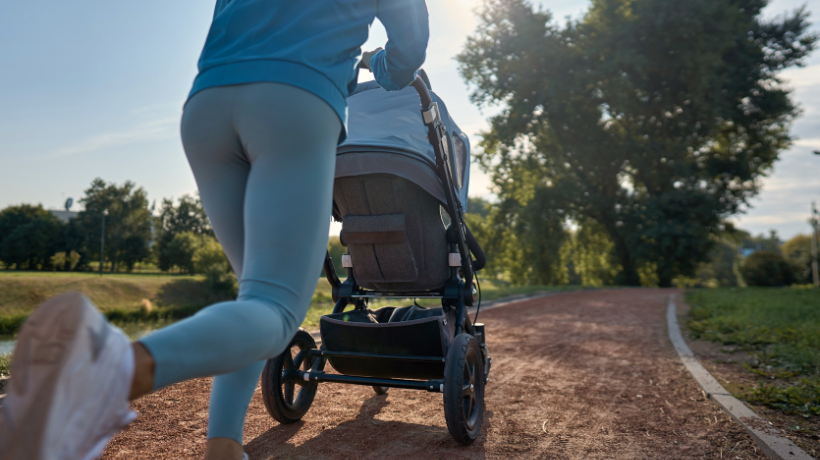Beyond the musculoskeletal system: considering whole-systems readiness for running postpartum
Beyond the musculoskeletal system: considering whole-systems readiness for running postpartum
This clinical commentary explores clinical considerations that physical therapists can be aware of to best serve postpartum patients who have goals to return to running. Although the musculoskeletal system is a key component to running readiness, this report provides information beyond this system that can be evaluated and considered when working with postpartum runners.

The authors assert that the following considerations should be part of a comprehensive physical therapy plan when determining postpartum readiness to return to running:
- Physical deconditioning
- Changes to body mass
- Sleeping patterns
- Breastfeeding
- Relative energy deficiencies in sport
- Postpartum fatigue and thyroid autoimmunity
- Fear of movement
- Psychological well-being
- Socioeconomic considerations
According to this clinical commentary, increasing exercise or activity levels before basic needs of the body are met such as getting enough sleep or consuming nutrient rich food may actually negatively impact energy balance. The authors state that asking patients about their sleep patterns, weight changes, and symptoms of fatigue are appropriate when optimizing the transition into running.
The authors also note that mental health is also an important consideration when prescribing exercise. Addressing fear of movement as well as recommending interventions and other providers that can support maternal psychological well being is a key component that can improve quality of life and tolerance to exercise.
This commentary not only supports normalizing postpartum rehabilitation, but it also supports individualized rehabilitation. By gaining context around a patient’s psychological state, lifestyle, and physical well being, physical therapists can individualize postpartum care and provide better support to this unique patient population as they transition back into running or other impact exercise.
Read the full clinical commentary or watch the video abstract.
Journal of Women’s Health Physical Therapy


